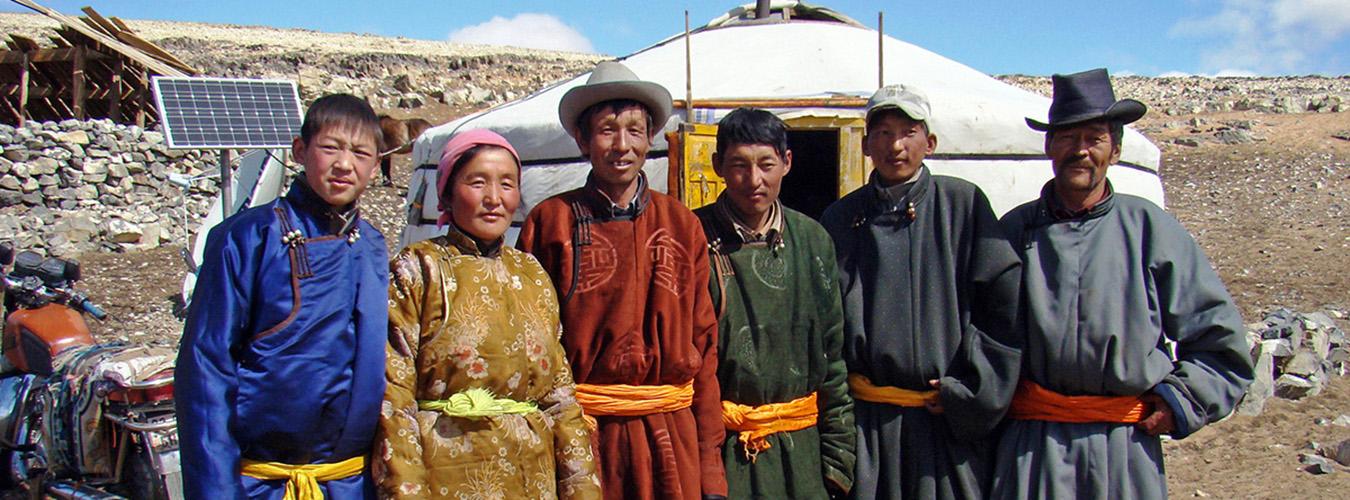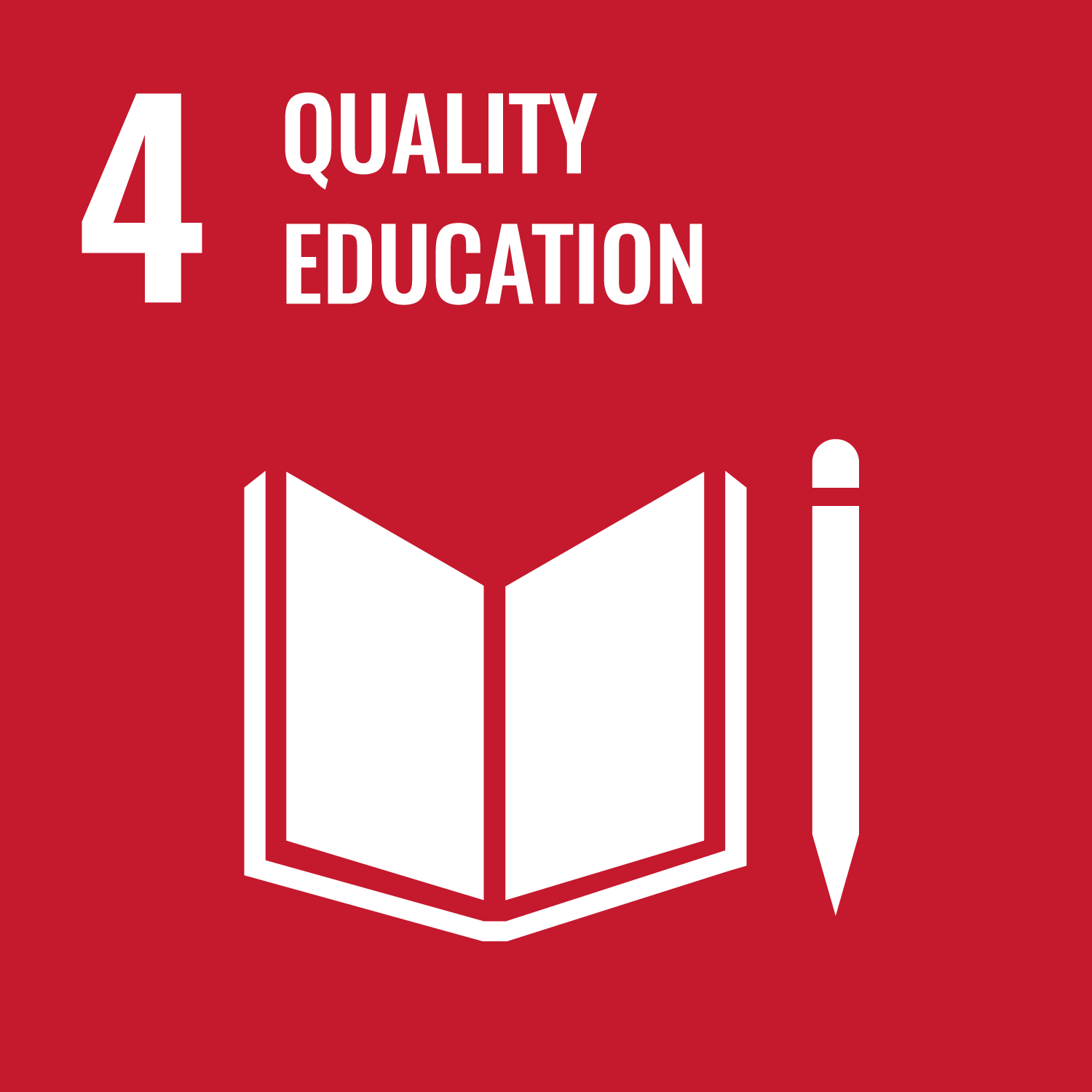
Remittances and the SDGs
Remittances help reach the SDGs: One family at a time
Remittances can contribute to reaching the Sustainable Development Goals (SDGs) in a variety of ways:
- At household level: by recognizing the positive socioeconomic impact of remittances on families and communities (SDGs 1-6);
- At community level: by supporting policies and specific actions to promote synergies between remittances and financial inclusion, encourage market competition and regulatory reform, and mitigate any negative impact resulting from climate change (SDGs 7, 8, 10, 12 and 13);
- At national level: by ensuring that the revitalized Global Partnership for Sustainable Development – as outlined in SDG 17 – and the Global Compact on Migration promote collaboration across all sectors involved in remittances.
At the household level: SDGs 1-5

SDG 1
- Remittances represent up to 60 per cent of recipients’ families on average and typically more than double a family’s disposable income and help deal with uncertainty, allowing them to build assets.
- Analyses of 71 developing countries show significant poverty reduction effects of remittances: a 10 per cent increase in per capita remittances leads to a 3.5 per cent decline in the share of poor people in the population.

SDG 2
- In rural communities, half of remittances are spent on agriculture-related expenses.
- Additional income increases receiving households' demand for food, which increases domestic food production and improves nutrition, particularly among children and the elderly.
- Investment of migrants’ income in agricultural activities creates employment opportunities.

SDG 3
- Remittances invested in health care – access to medicine, preventive care and health insurance products – improve the health and well-being of recipient families.
- Infants born into remittance families have a higher birthweight and are less likely to die during their first year.

SDG 4
- One of the main reasons migrants send money home is to ensure access to better education for their children.
- Remittance-receiving households have demonstrably better educational participation than non-recipients, and invest about one tenth of their income educating their children.
- Remittances lead to almost doubling school enrolment. Children from remittance families, especially girls, register higher school attendance, enrolment rates and additional years in school.
- Remittances substantially reduce the probability of child labour participation.

SDG 5
- Women migrant workers now comprise half of all remittance senders: 100 million in total.
- Remittances transform the economic role of women both on the sending side and receiving end through financial independence and better employment opportunities.
- While women remit approximately the same amount as men, women tend to send a higher proportion of their income regularly and consistently, even though they generally earn less than men.
At the local level: SDGs 6, 7, 12 and 13

SDG 6
- To create social capital and pool funds to address local needs, migrants and/or their families often organize themselves into neighbourhood organizations in their communities or through Hometown Associations (HTAs) abroad.
- HTAs identify development priorities and participate in their achievement though technical advice and fund-raising.
- Projects take into account sustainability concerns and community welfare based on primary needs (e.g. the provision of irrigation and clean water infrastructure)

SDG 7
- Remittances have a positive impact on family assets and overall quality of life when invested in housing, and they are more likely to be used for home improvements than for home purchases.
- Affordable solutions for poor households and their communities are already available, including efficient cooking devices and clean energy solutions.
- Local community projects may apply clean energy technologies, particularly relevant in remote rural areas lacking access to electricity.

SDG 12
- As remittance families increase their purchase capacity and change their consumption patterns, they can do so by meeting individual needs and aspirations within the ecological limits of the planet.
- Migrant households are regular and heavy consumers of nostalgic goods (homecountry products).
- Trade of nostalgic goods and diaspora tourism imply significant revenue for countries of origin. Diaspora populations can act as a bridge to broader markets of nostalgic goods and local tourism.

SDG 13
- Migration is increasingly becoming a consequence of climate change. Remittances and diaspora investment play a crucial role in mitigating its negative impacts and helping cope with income shortages due to weather-related shocks.
- Remittances enable the adoption of more sustainable crops and non-farm activities. Examples include: support to local enterprises to provide solutions for flood control, more efficient use of water, improved irrigation systems, storm/heat/wind-resilient building materials, among others.
At the national level: SDGs 8 and 10

SDG 8
- Money held by remittance-receiving families and migrants’ savings in host countries improve financial resources available to the general economy. This capital can be maximized when coupled with financial and entrepreneurial services.
- Migrant workers possess tremendous assets: knowledge, skills and networks.
- In terms of development impact, migrants’ investment in micro, small or medium enterprises effectively generates employment and income in local communities.

SDG 10
- Reducing the cost of remittance transfers can substantially increase disposable income for remittance-receiving families.
- By reducing average costs to 3 per cent globally, remittance families would save an additional US$20 billion annually.
- Civil society awareness raising and information campaigns are achieving progress in promoting better working conditions for migrant workers.
At the international level: SDG 17

The international community – in line with SDG 17 – is committed to working together in order to leverage the development impact of remittances.
- Through initiatives such as the Global Compact for Safe, Orderly and Regular Migration, the international community now recognizes remittances as a vital support for hundreds of millions of people across the globe and works to strengthen their development impact on families and communities.
